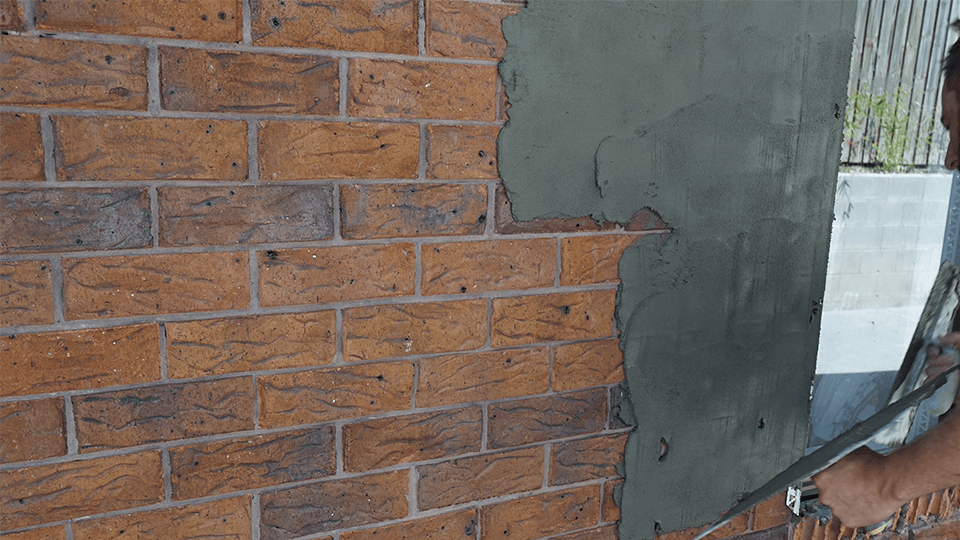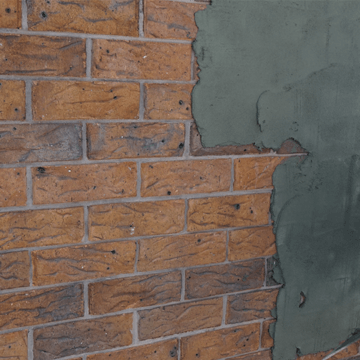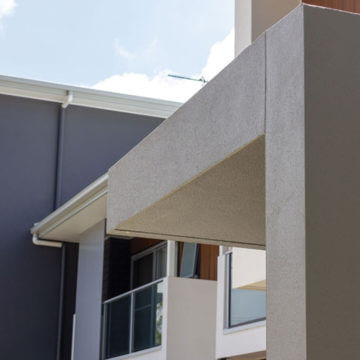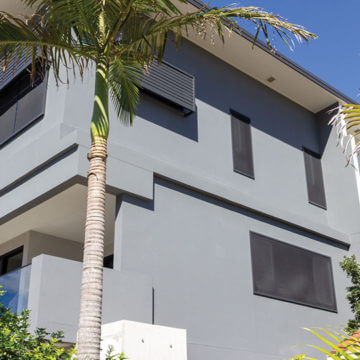Avoid problems by rendering in (near) perfect conditions.
There are a couple of factors that can influence the workability, durability and finish of render. One of these factors (and it’s a pretty big one) is the weather. Render is a cementitious product and when it’s in a “freshly mixed” state it is influenced by the temperature, moisture, air, basically everything. Adverse weather conditions and render in general do not mix. Rendering in unfavourable conditions can lead to multiple issues that impact on the durability, final finish and appearance of the system. Rendering all year round is not impossible, there are just a few things you need to keep an eye on before starting a job.
So what do you need to be careful of?
Cold temperatures are terrible to work in! And they also aren’t good for the render. If the temperature is too low the water in the render mix could start crystalizing. The only benefit that comes from rendering in cooler temperatures is that it slows the curing time, allowing the strength of the render to develop and meet its optimum performance. However, with these slower drying conditions, top coats are especially vulnerable to being washed off before they have had a chance to set. Cold temperatures also expose the render to a higher chance of lime bloom during the early stage of hydration. While lime bloom won’t affect the integrity or strength of the render, it will form an ugly, thin film of white on the surface. Ruining all your hard work!
Frost and render just don’t mix. Simply put you are going to have more issues than you care for if you try to render in frosty conditions. We don’t recommend working with frosty materials or on frosted substrates.
Rain, rain go away and don’t come back! Exposing render to rain, whether you’re working in it or having rain fall directly on newly applied render, is going to create problems with the colour and texture consistency of the finish. Excessive amounts of water can affect the bond adhesion between the coats which can lead to more serious issues. If the newly applied render becomes saturated during wet weather, it will be at greater risk of movement and cracking caused by drying or shrinkage.
Hot temperatures mean too much sweat and not enough water. Rendering in hot weather can cause the water in the mix to evaporate which can result in the render curing too fast. If this happens it can affect the final performance of the render.
Strong winds blowing a gale? Those winds that just want to sweep you away are not good for your render. A strong breeze can cause the render to dry out rapidly. The end result could have your render cracking, showing damage, or producing a patchy finish.
How can you avoid the issues caused by these weather extremes?
- Know your product (browse our range)
- Protect the substrate (prep work is everything!)
- Keep an eye on the weather radar (good old BOM at it again, giving us the latest weather updates)
- Protect the finish (you’ve put a lot of hard work in, let’s look after it)
- Render in the shade (sorry no tanning here)
- Actively cure the render
- Start before the sun is fully risen (only when the weather is going to be too hot, sleep-ins are always deserved!)
While you might not always be able to render in perfect conditions, these tips will help you reach near-perfect conditions for the best results.





